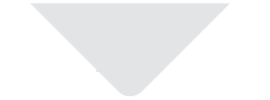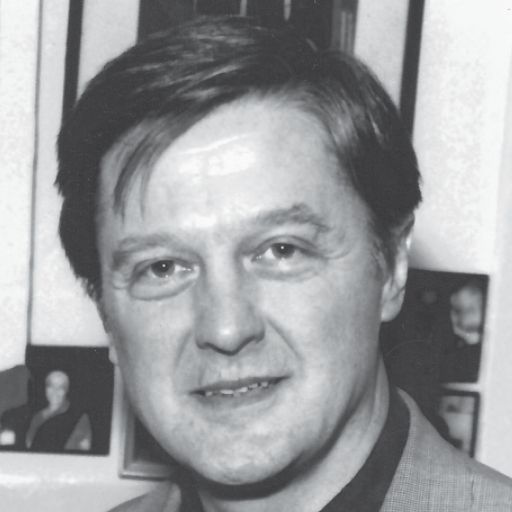2001

Year 21

Prof. Richard S. J. Frackowiak
Dean, Institute of Neurology
University College, London, United Kingdom
THEME: THE WORKING BRAIN - SOME INSIGHTS FROM FUNCTIONAL IMAGING
Non-invasive functional neuroimaging has opened the doors to correlation of human brain structure-function
relationships as never before. Positron emission tomography (PET) employs positron emitting isotopes to tag tracer
molecules of biological interest. The regional distribution of radioactivity recorded by scanning gives information
about the functional variable being traced. Functional magnetic resonance imaging (fMRI) is based on the blood
oxygen level dependent (BOLD) signal. The result of activation is an increase in local metabolism and of local blood
flow. The change in the ratio of oxyhaemoglobin and deoxyhaemoglobin concentration in this region results in
magnetic susceptibility changes in the tissue which are picked up as local MRI signal changes. Newly designed
paradigms to image areas of consciousness, cognition, emotion, aside from language and sensory motor function are
emerging into the realm of 'hard' scientific enquiry. Automated methods of computerised image analysis like
statistical parametric mapping (SPM) are entirely objective and they have established the validity and reproducibility
of functional neuroimaging results. The major achievement of PET has been in the description and elucidation of the
pathophysiology of pre-ischaemic states, ischaemia and the transition from ischaemia to infarction in terms of regional
haemodynamics and energy metabolism. The exciting new concept of neural plasticity has been demonstrated by
recent functional neuroimaging activation studies, providing information about the brain's capacity to reorganise after
brain injury, taking into account the pattern of changing functional maps.










